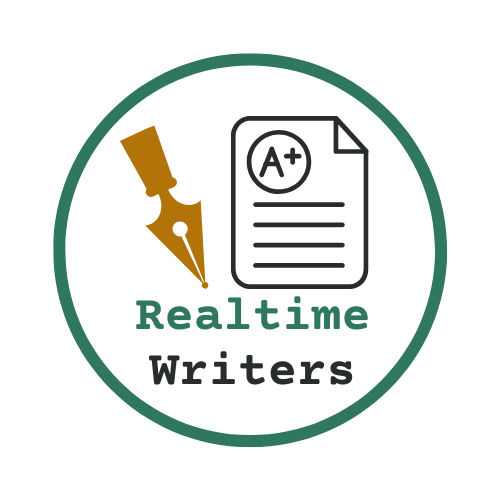Assess company HSE performance
Note: This report shall be completed by a previous writer ONLY as he worked on Research order!!!! Reflective Report is intended to prove the learning that cannot otherwise be shown by the artefacts or other reports. It contains your reflection on what has been learnt, an in-depth analysis of how the learning outcomes have been achieved, with a discussion of how the learning will be of value in the future to you and your organisation. Your observations and progression should be guided by the competencies for professional status as published by the Engineering, Science or Business council or lead industry bodies. An honest self-appraisal that recognises shortcomings, and suggests remedies and future learning actions, can be given higher marks than one that ignores or glosses over difficulties. Reflective Reports include: ▪ What happened to your personal learning plans; ▪ Thoughts about what went right and what went wrong, more importantly; how did you resolve any problems?; ▪ Consideration of what happened as a result of action or inaction; ▪ Consideration of how each Learning Outcome has been met; ▪ Consideration of project ethical issues; ▪ What has been learned and what more there is to learn;
▪ What to do next time. ▪ Any personal and professional development criteria that is progressing You should not leave this critical thinking until after the event. The best reflection is reflection in action. The more critical the reflection, the more sense you will make of the unfamiliar, resulting in greater clarity about what you know. Reflective thinkers tease out the assumptions underlying their own and others’ actions (and beliefs). They also analyse their own justifications for action in terms of their rationality, technical reasoning and morality. Your reflective reports should have a basic structure including the following broad areas: Introduction: Part 1: Part 2: A reflective review of your learning compared to the general learning outcomes and personal views on progress towards learning outcomes in the work-based project, course or training. A reasoned and ordered critical account of your learning from the Work-based Learning Project, with specific reference to your project Learning Outcomes. Include an explanation of how your new work-based learning relates to your previous understanding. To prepare information for this part of the report, ask yourself when you have completed your work-based learning: What can you do better now? What new principles have you understood? What new competence have you acquired? What questions remain? What would you do next time? What surprised you? Who and what helped? An illustration of how the new knowledge has developed your working practices, or could be used in your work situation and what it might lead to in the future. Learning Outcomes • Assess company HSE performance • Evaluate and recommend how to manage HSE risks to company employees • Recommend Specific, Measurable, Achievable, Realistic & Time bound (SMART) Action plan to achieve the set aim
• Evaluate the suitability and sufficiency of the control measure put in place to control the risks arising from some of the significant hazards encountered during day to day operation on the rig. • Conclude a disciplined and professional approach to the management of Health, Safety and Environmental issues. • Summarise professional report for presenting to key stakeholders to justify findings and recommend control measures • Support my organisation to improve HSE Performance • Evaluate how company policies, HSE procedures, standards and stakeholder requirements followed by company employees and subcontractors • Recommend how to collect data using different tools like questionnaire

Leave a Reply
Want to join the discussion?Feel free to contribute!